 If these comments come off as rushed and last minute, there is a reason. Long busy week – even as it looks like it might well end soon enough this being Thursday. And I’m bummed out by the Red Sox choking. And… much bigger a bummer… even though there are upcoming weeks off, there is the good old delta just a’rushing in, trying to block my way to the rooftop patio bar with the apps menu. Or just wanting to go to a game like Stan wanted to …. and just have a beer bat‘s worth. Now, I wake in the night with visions of carefully reserved hotels rooms, where I want to go for the first break in two years… finding myself again blocked by travel restrictions. Boo.
If these comments come off as rushed and last minute, there is a reason. Long busy week – even as it looks like it might well end soon enough this being Thursday. And I’m bummed out by the Red Sox choking. And… much bigger a bummer… even though there are upcoming weeks off, there is the good old delta just a’rushing in, trying to block my way to the rooftop patio bar with the apps menu. Or just wanting to go to a game like Stan wanted to …. and just have a beer bat‘s worth. Now, I wake in the night with visions of carefully reserved hotels rooms, where I want to go for the first break in two years… finding myself again blocked by travel restrictions. Boo.
First off, just a few months after it was argued that beer guilds could not should not be considered to have a role in responding to the bad behaviours of some of their members, the New York City Brewers Guild gave one the boot:
“We are aware of the recent allegations against Gage Siegel of Non Sequitur Beer Project. These allegations directly contradict the core values and mission of the New York City Brewers Guild,” the guild wrote on Instagram last week. “In order to ensure a safe space for our guests, members and community at large, the guild has revoked the membership of Non Sequitur Beer Project; and they will not be participating in any upcoming guild sponsored events, meetings or collaborations.”
Good. And speaking of which, I know I post a lot of links to Martin’s posts about beer ticking and UK pubs but they really are fabulous what with a bit of wit and a bit of photos, both from unusual angles. But this is one of his best and it has nothing to do with the drink:
Enough pictures of beer. Let’s do a curry. As always, let Glaswegian legend Curry Heute be your guide. His website is to Chicken Dhansak what BRAPA is to John Smiths Smooth. But he’s little positive to say about Sheffield, and to be honest there do seem to be far more Chinese than Indian/Bangladeshi options in town. Curry Heute’s pick is Apna Style, just south of Bramall Lane, which seemed to justify a return visit.
Conversely, the jerk of the week award may well go to British Columbia’s Minister of Agriculture, Ben Stewart who tweeted:
Business owners across BC are struggling to stay open as Gov’t programs don’t encourage workers to seek employment. This is wrong!
How does this connect to a boozed up blog? He also runs a winery that has taken government subsidization and sells pretty pricey plonk while hunting down low pay labour. Nice.
Relatedly, Kate B. wrote a good piece on a similar situation for CB&B entitled “Help Wanted: Breweries Rethink Employment to Adjust to Staff Shortages” with this intro:
Portland, Oregon’s Von Ebert Brewing estimates it has thrown thousands of dollars behind employee recruitment this summer. The brewery has given away merchandise at job fairs, promoted its job postings on websites such as Indeed and Facebook, and offered $500 signing bonuses after 90 days of employment. The return on that investment hasn’t been good. “It’s moving the needle almost zero,” says Dom Iaderaia, Von Ebert’s director of food and beverage.
What to do when people want to do what they want? The follow up tweeting leaned a bit to the “raise the red banner high!” side with a number pointing out craft breweries avoiding unionization is part of the question.
We had a good long Lars post this week that ends with the unusual statement “I want to make it very clear that this is not my work. I’m just repeating what’s in the paper.” Which is good and all fine as the post is an explanation of a very science-y bit of science related to particular properties of kveik. Just look at this:
The seven octagons are genes. Let’s start with the upper four: the yellow ones turn glucose into trehalose inside the cell, and the orange ones are regulatory genes that control when trehalose is produced. The kveik strains have changes in all four of these genes, but particularly in the regulatory ones. That’s very likely the reason they make more trehalose.
I know, me too! I have no idea what it is all about but it is neato for sure. And if you like trehalose, check out Stan on the thiols.
Somewhat conversely or perhaps similarly, Jenny P. wrote this:
The quest for “authenticity” in beer has always been something that has bothered me—for one, most of its history has been captured by white men, through a European lens. Who are the critics who get to say a beer (or cuisine) is authentic? It’s a limited scope.
…and then this:
I think it’s more than that—authentic is never objective. Authentic has always been decreed. Who made the decision which tradition or method was authentic?
…then this:
I think there’s a very big difference when talking about Tradition vs Authentic.
It’s very similar to the heritage v. history thing. I think. Does the man known as The Driver have it right? Perhaps. I know who has it wrong – the maker of shit. Speaking of shit, a Halifax NS brewery is offering folk a whole $1 coin (and that’s Canadian) for a social media post:
…you have to pick up one of the five eligible brews at your local liquor store. Then you have to post a photo or video on Instagram of the beer with @goodrobotbrew and #sponsored or #ad in the caption. After that, Good Robot will slide into your DMs to confirm your email and then e-transfer you $1 for each post.
What a stupid idea. Unless they aim to destroy the local market for beer influencers. Then it’s dumb and stupid.
This week on GBH: a middling post about hops in Italy accompanied but some really weird blobby art. Much better at Pellicle: “…The Inherent Whiteness of British Beer Writing“!
When I wrote this piece on racism craft brewers face in the beer industry I was surprised that such a bold investigative report requiring a lot of time, guidance and investment was given the green light, considering it was the first story that I had approached Pellicle with. But why am I one of the lone minority voices who write about beer compared to other sectors, like food, which sees far more writing from people from diverse backgrounds?
One interesting suggestion in response: overhaul writing award categories “which currently favour print media and target influencers and bloggers.” Where have I heard that before!?!? But the real truth is shared by Pete Brown: “I’m chronically in debt…” There is no moolah in any of this. Does that make the hardscrabble harder? Less welcoming?
Hmm… let’s leave it there. Lots to think about. For more and maybe even something else, get ye into yon updates from Boak and Bailey mostly every Saturday, plus more with the weekly Beer Ladies Podcast, at the weekly OCBG Podcast on Tuesday and sometimes on a Friday posts at The Fizz as well. There is a monthly sort of round up at The Glass. There is more from the DaftAboutCraft podcast, too. And the Beervana podcast. And sign up for Katie’s weekly newsletter, The Gulp, too. And check out the Atlantic Canada Beer Blog‘s weekly roundup. Plus follow the venerable Full Pint podcast. And Fermentation Radio with Emma Inch. There’s the AfroBeerChick podcast as well! And also look at Brewsround and Cabin Fever. And Ben has his own podcast, Beer and Badword – when he isn’t in hiatus as at the mo, more like timeout for rudeness! And remember BeerEdge, too, and The Moon Under Water.
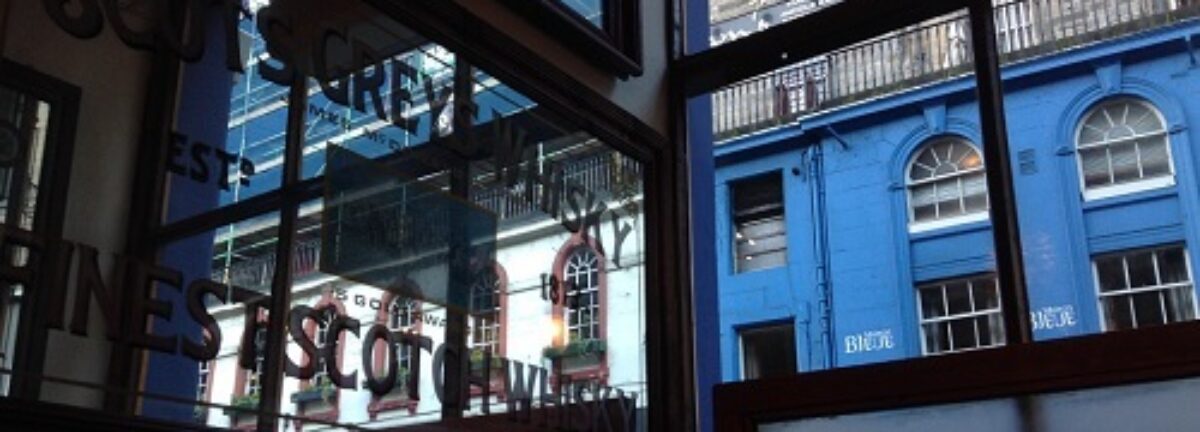
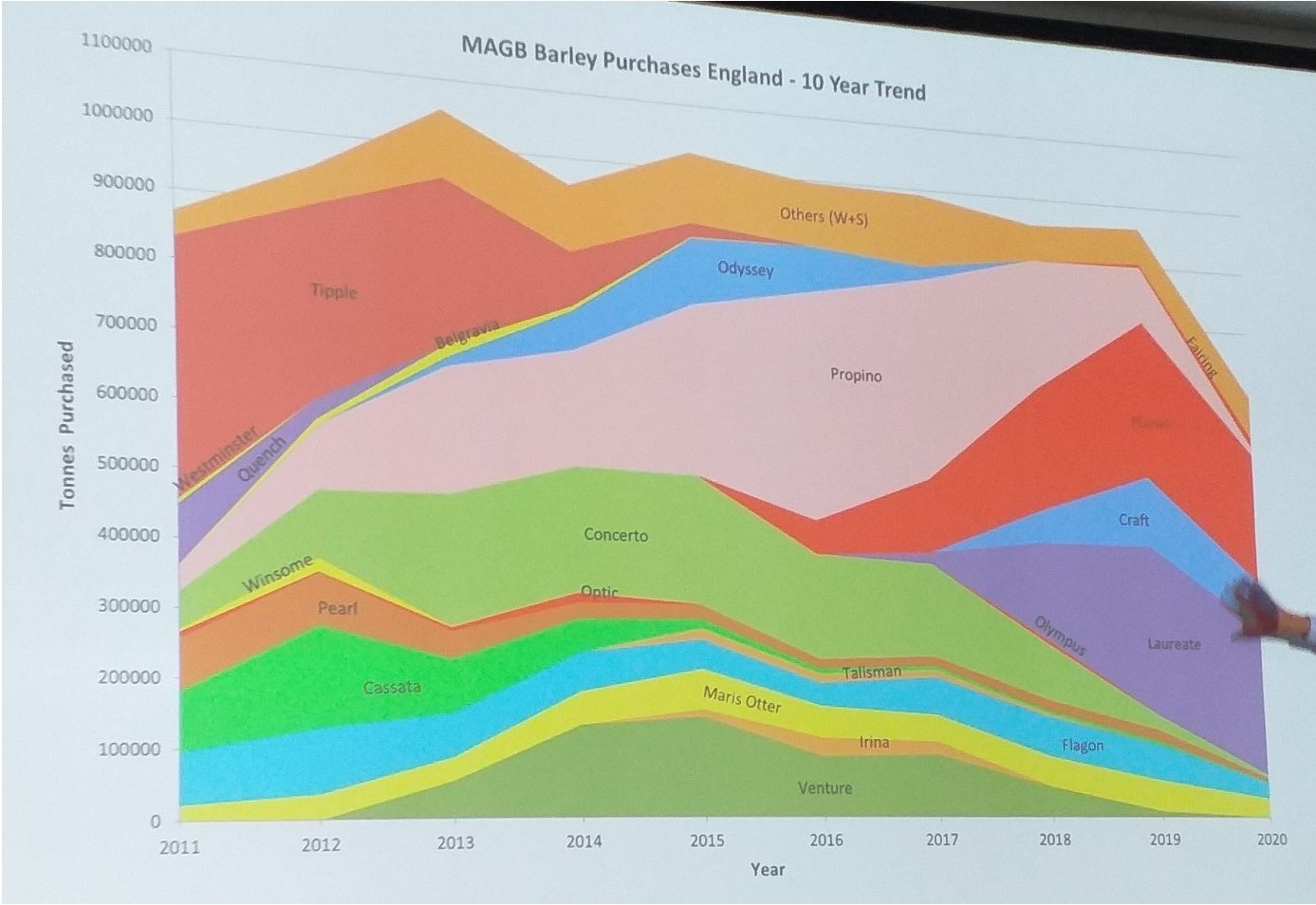



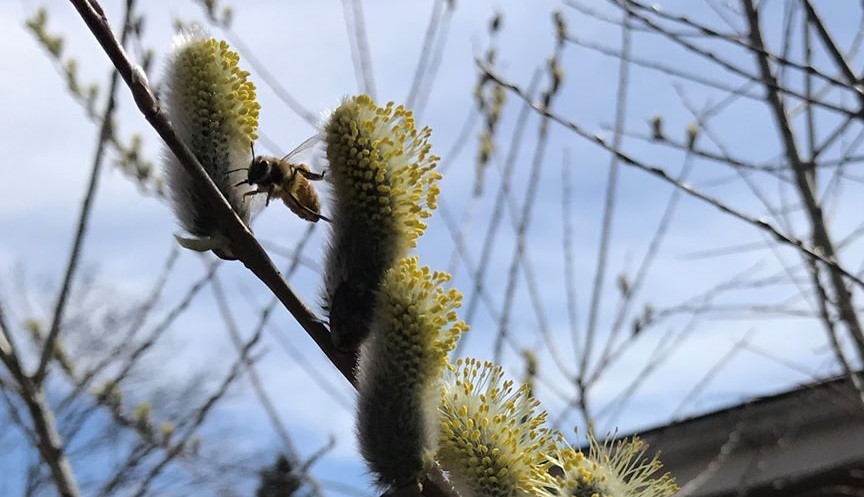

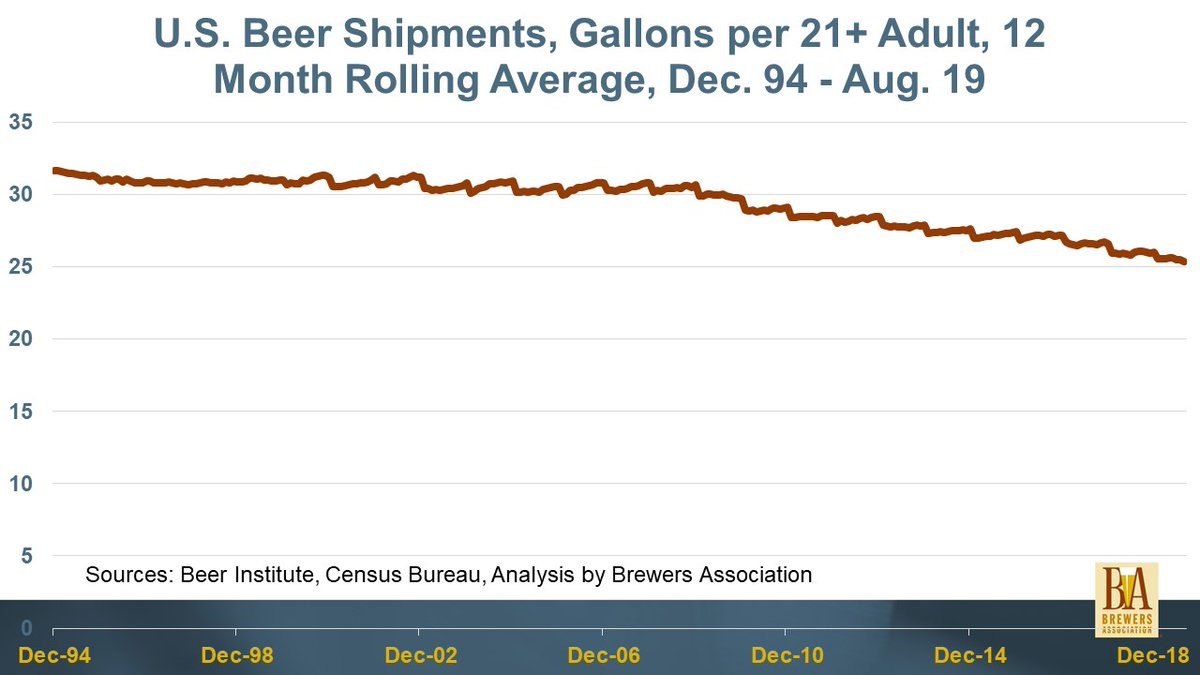
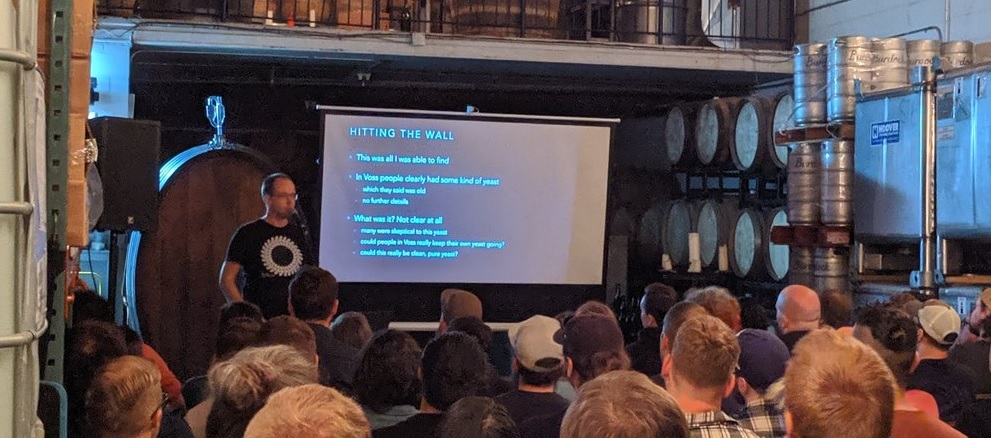
 Did someone say England? The BBC Archives shared
Did someone say England? The BBC Archives shared 

